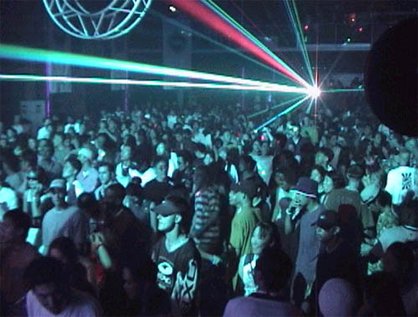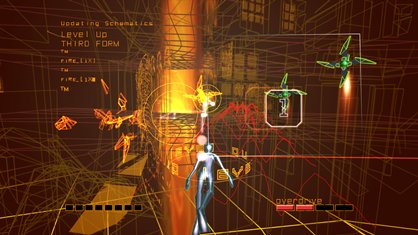Neuromancer: 25 years later
How close are we to William Gibson's bleak prophecies?
As more people got connected to the internet, cyberpunk’s evolution was thrown into fast-forward, or maybe it was already in fast-forward and went from 4x to 16x. New authors such as Neal Stephenson (Snow Crash, 1992; The Diamond Age, 1995) emerged with new ideas incorporating avatars, nanotech, and infowar. Subgenres such as steampunk and biopunk splintered off, and post-cyberpunk was discussed. Many saw the transformative power of new tech as beneficial and abandoned Gibson’s dystopian worldview. Rave culture was one such example; by mixing house music with designer drugs, ravers programmed communal electro-bliss at all-night parties reminiscent of the 1960s’ Acid Tests. Technology was seen as a tool not of control, but of liberation. Not surprisingly, some 60s counterculture figures were early adopters of net culture (Timothy Leary, John Perry Barlow), but suffused their online realities with activism and optimism instead of hopelessness and despair. Countless subcultures continue to form around the mutations of electronic music, computer hacking, psychedelics and the search for new interfaces to new realities.

Above: Waaaay back when E was X
The lure of cyberpunk was/is especially strong in videogame circles, with games such as Snatcher (a Kojima joint from 1988), Flashback (1992), Syndicate (1993) and System Shock (1994) all exploring similar themes and settings. Later releases like Deus Ex (2000) and REZ (2001) are among the most fully realized cyberpunk games to date. Whether they take place in a gritty urban cityscape, a wireframed cyberspace or the Mushroom Kingdom, videogames as a medium are inherently linked to cyberpunk’s ideas about mind and software unifying to create a mesmerizing alternate reality.

Aside from the ever-expanding world of videogames, the film The Matrix (1999) represents the ultimate mainstreaming of cyberpunk culture. The film draws its name directly from Neuromancer, and pushes the idea of jacking in to the limit (Neo being unplugged from the matrix is one of the most memorable scenes in modern cinema.) While incorporating many textures and stylistic choices from Gibson, The Matrix differs in its fundamental assessment of human nature. Neo is a symbol of hope, capable of feeling empathy and love. Neuromancer’s hacker anti-hero Case, however, is a husk of a man driven by necessity and fear. He maintains a constant emotional distance, because he knows that any feelings he may have will only be used to manipulate him. Neo has a cause to believe in, people to fight for. Case simply moves from one hustle to the next, loyal only to himself. For all its doom and gloom, The Matrix is indicative of post-cyberpunk’s movement away from Gibson’s bleak cynicism and toward a view that humanity is worth saving.

Above: Trinity may look just like Molly, but inside she has a heart of gold
Sign up to the GamesRadar+ Newsletter
Weekly digests, tales from the communities you love, and more


